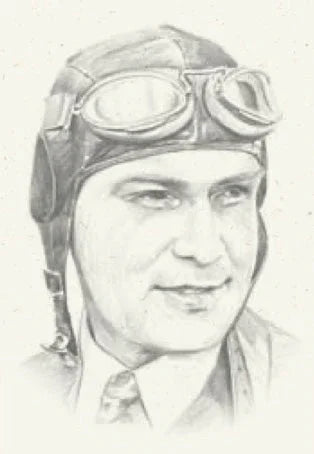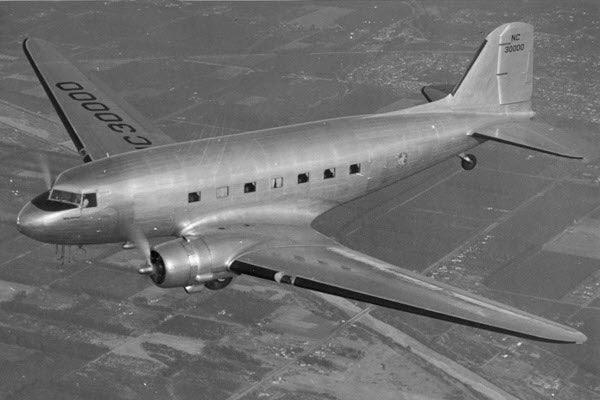Mine Is Bigger
World War II has drawn to a close, and the Allies (Great Britain, the United States, France, and the Soviet Union) have divided up the spoils of war.
During the Great War, the leaders of the Allies met several times as they worked closely together to end World War II. The meetings were often tense, and the negotiations were tough.
Stalin, and the USSR, felt that their contribution in terms of soldiers killed was more significant than those losses of America, France, and Great Britain. Stalin insisted on dividing Berlin into four separate sections, all of which were in the Soviet bloc of a divided Germany.
Shortly after World War II ended, things became a little tense between the former Allies. The Soviets blockaded the Western-held sectors of West Berlin from being supplied overland. This created a problem for the Western allies.
From the 24th of June, 1948, through May 12th, 1949, the Western Allies (the United States, France, and Great Britain) were forced to airlift supplies into the Western section of Berlin, increasing tensions between the Western Allies and the Soviet Union.
Relations between the former Allies continued to deteriorate even after the airlift was no longer necessary.
The Soviet Atomic Bomb
During and after World War II, the USSR worked on developing its own atomic bomb and conducted the first successful test of the weapon on 29 August 1949.

The Cold War had begun.
By 1955 officials in both Moscow and Washington had become very concerned about the nuclear capabilities of one other.
The nuclear arms race was on!
As a side note, I remember as a young child being taught to get under my desk at school if the air raid sirens went off. Fat chance that would have helped!
The 1955 Geneva Summit
"The Big Four" of the United States, France, Great Britain, and the Soviet Union met in Geneva, Switzerland, to seek an end to the Cold War.
At the meeting were President Dwight D. Eisenhower, Prime Minister Anthony Eden of Great Britain, Premier Nikolai A. Bulganin of the Soviet Union, and Prime Minister Edgar Faure of France.
Also accompanying Premier Bulganin was Nikita Khruschev, the First Secretary of the Communist Party.
At this summit meeting, President Eisenhower proposed an "open skies" plan in which each country would be permitted to make overflights of the other. The idea was to allow each country to make aerial inspections of nuclear facilities and launchpads.
Soviet leader Nikita Khrushchev refused the proposal, insisting the USSR would not tolerate international inspections of any kind.
The result was that the U.S. built the U-2 aircraft, which was designed to fly at 70,000 feet, where it was thought that Soviet radar would not be able to pick up the flights. It turned out that Soviet radar was able to pick up these flights.
U-2 flights over the Soviet Union were made to ascertain whether the claims of a large number of ICBM launch sites by Nikita Khrushchev were true.
In the end, it turned out they were not true.
The IL-14 Transport Aircraft
One of the things that came out of the Geneva conference was how Bulganin and Khruschev felt about arriving in Geneva on an IL-14 transport, a replacement for the C-49/DC-3 aircraft of World War II.

This aircraft normally seated 18-24 passengers, had a maximum takeoff weight of 38,580 pounds and cruised at 24,000 feet with a speed of 190 knots.
Unfortunately, Khrushchev (who would become the Premier of the Soviet Union on March 27, 1971, was embarrassed when U.S. President Dwight D. Eisenhower arrived in Geneva on a Lockheed Super Constellation aircraft.
The Super Constellation (pictured below) seated 62-95 passengers, had a maximum takeoff weight of 137,500 pounds, and cruised at an altitude of 24,000 feet with a speed of 328 knots.

Khrushchev was not pleased to see the large American transport sitting on the ramp near his smaller IL-14.
He would make sure the next time it would be different!
Khruhschev Visits America
The Cold War now enters a lull, and Khrushchev is invited by President Eisenhower to visit the U.S. and participate in a meeting at Camp David.
The Soviet military needed a long-range bomber, and Tupelov came up with the TU-95 four-engine turboprop-powered strategic bomber and missile platform.
The TU-95 was first flown in 1952, but in 1955 a passenger version, the Tupelov TU-114 Rossiya turboprop-powered long-range airliner, was designed and built in the Soviet Union.
The TU-114 utilized the basic wing, empennage, landing gear, and powerplants of the TU-95 bomber but was mated to a totally new pressurized fuselage, a much larger diameter cabin.
Due to its swept wing and powerplants, the TU-114 was able to fly at 550 mph, carry between 170 and 224 passengers, had a maximum takeoff weight of 376,990 pounds, and had a service ceiling of 39,000 feet.
Khrushchev Shows Mine Is Bigger!
When Khrushchev decide to fly to the U.S. for his historic 1959 visit, ever the showman, he chose to make the trip in the TU-114.
Soviet planners were not thrilled at the prospect of this flight because 80% of the flight would be over water. Aeroflot (the Soviet airline) rarely conducted trans-oceanic flights at the time and also lacked any expertise in aircraft ditching and survival at sea.
The members of the politburo of the Communist Party, along with the KGB, urged Khrushchev to reconsider, but Khrushchev was determined to make a "grand entrance" on the first visit of a Soviet leader to the United States.
In order to protect Khrushchev and the Soviet delegation, the Soviet navy stationed ships every 200 miles along the route in the event the TU-114 was forced to ditch at sea.
However, the flight went off without any problems, and the TU-114 was quite the star when it landed at Andrews AFB.
But, as fate would have it, the TU-114 stood so tall that the ground service stairs at Andrews AFB could not reach the cabin door.
So, a ladder was quickly found to allow the passengers to disembark from the TU-114 to the ground service stairs at Andrews AFB.

On the return flight to the Soviet Union, the Aeroflot TU-114 encountered a storm near Greenland where St. Elmo's fire danced all over the aircraft, causing the crew to temporarily lose contact with Moscow.
However, the aircraft safely arrived in Moscow with no problems at all.
In the meantime, keep your eyes safe and focused on what's ahead of you Hersch!







Leave a comment
This site is protected by hCaptcha and the hCaptcha Privacy Policy and Terms of Service apply.